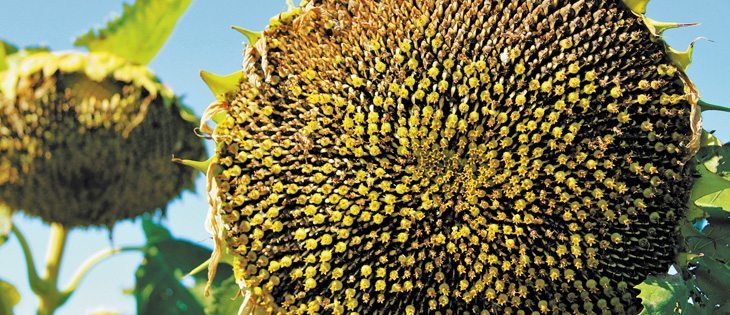Oat futures fell hard last week, illustrating the problems of a market that suffers from inadequate liquidity.
Feeds in general fell, with corn futures falling nine percent between the closes of May 18 and May 25.
But oats fell harder, dropping 13 percent.
Corn and oat prices are closely linked because they are both feeds, so why the steeper loss in oats?
There is an adage in grain markets that “oats knows” meaning oat prices often move ahead of the pack, or a trend in oats will soon be followed by other crops. But maybe the trend setting aura about oats is being lost as its trade volume falls far behind other crops.
Read Also

Pakistan reopens its doors to Canadian canola
Pakistan reopens its doors to Canadian canola after a three-year hiatus.
Corn fell because the U.S. crop was seeded early under generally excellent conditions, leading to the potential for high yields. Corn was also pressured as investors sold commodities, preferring to park money in the safety of U.S. treasury bonds while anxieties grow over the Greek debt crisis and China’s slowing economy.
Similar factors were at play in the oat market, but the corn market has huge volume with hundreds of thousands of trades daily while the oat market gets by with 2,000 or 3,000 trades daily.
When someone wants to sell corn futures, someone is there to buy the contract. That liquidity is not guaranteed in oats and so price movements can be exaggerated, which is what appears to have happened last week.
Liquidity — lots of buyers and sellers — is the lifeblood of markets. ICE Futures Canada’s new wheat, durum and barley contracts have yet to generate liquidity. The real test for them will come when the new crop year begins and a cash market for the new crop develops.
If they don’t attract buyers and sellers, their problems will be far larger than that of the oat market.
Turning to another topic, I wrote a few weeks ago that I would make a bigger effort to identify events and dates beyond the usual major supply and demand reports that could move markets.
One is the week of June 25, when Chinese premier Wen Jiabao is expected to visit Argentina.
Agriculture officials from the two countries are rushing to work out the final differences related to China’s requirements regarding genetically modified corn so that Wen can sign trade agreements that will launch corn sales between the two countries. China now imports corn mostly from the United States, and its recent purchases have helped keep corn values high.
But it wants to diversity its sources and for several months has been negotiating with Argentina, the world’s second largest corn exporter. China wants to ensure that the GM varieties Argentine farmers grow are the ones it has approved.
China also recently began importing non-GM corn from Ukraine, a rapidly rising corn producer.
American corn sellers rub their palms together at the prospect of steadily rising Chinese corn imports, but the Chinese are working hard to ensure they will have a choice of competitive suppliers.














